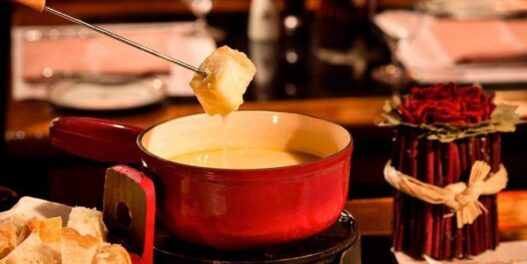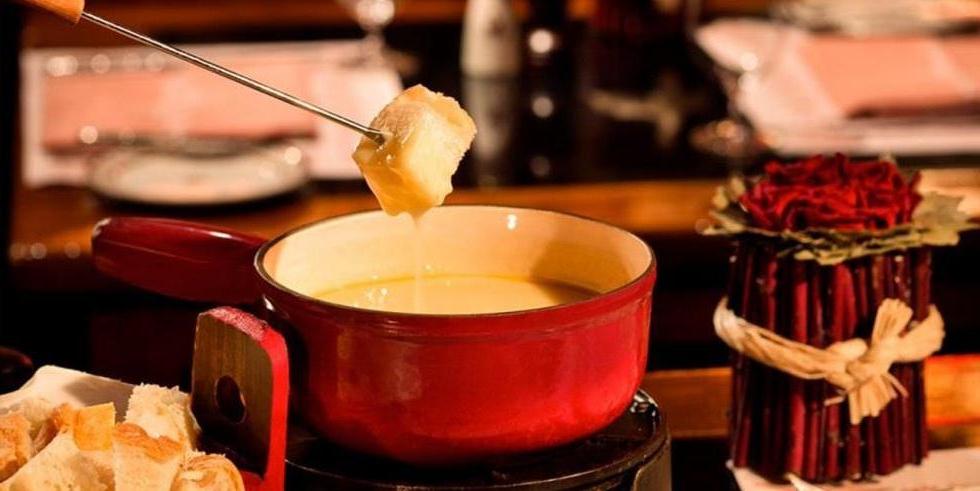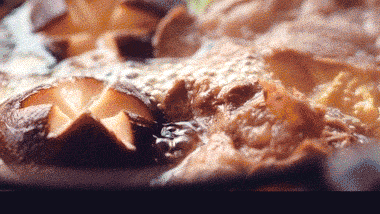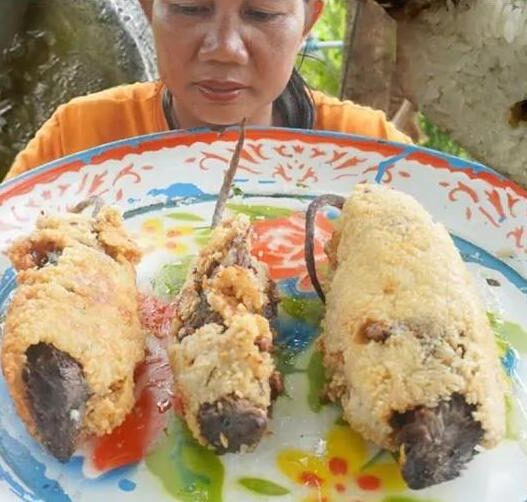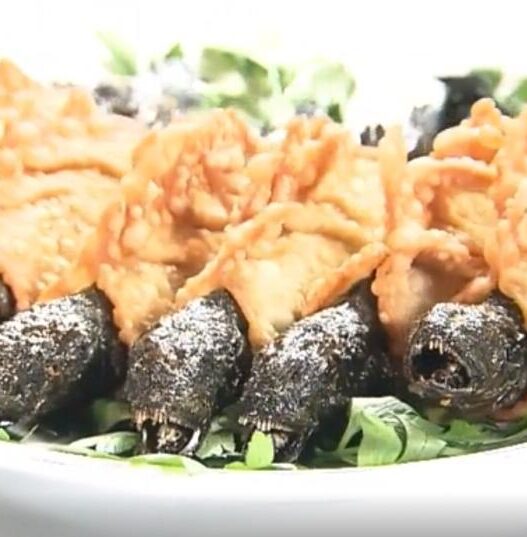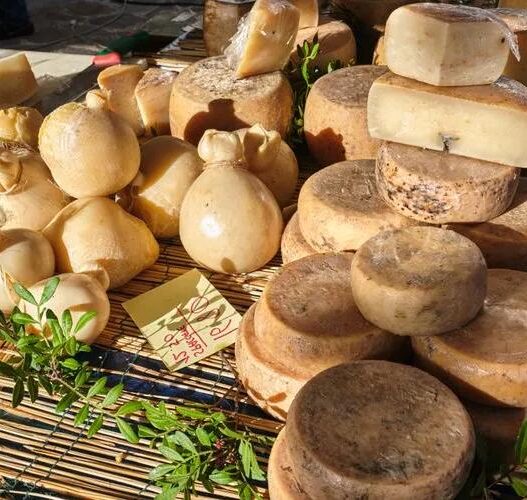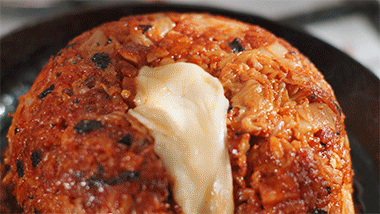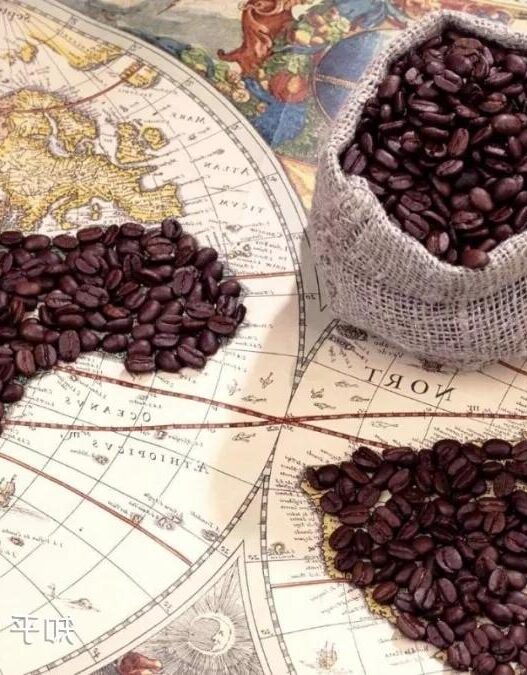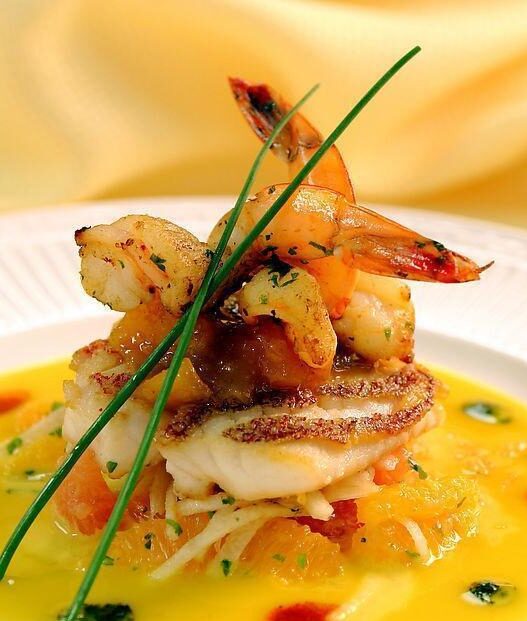There’s a saying in Europe: “God must be Swiss,” not only for the beautiful mountains and waters but also for the abundance of delectable food, attracting countless travelers from around the world, who wish they could be reborn in Switzerland. Located in the high latitudes of Central Europe, Switzerland is relatively unpolluted, with a thriving livestock industry, producing world-renowned, high-quality dairy products. Many of the local specialties are cheese-related.
Among the plethora of cheese dishes, the famous Cheese Fondue undoubtedly deserves the title of Switzerland’s “national dish.” Statistics show that cheese fondue and chocolate are the two foods consumed most by the Swiss.
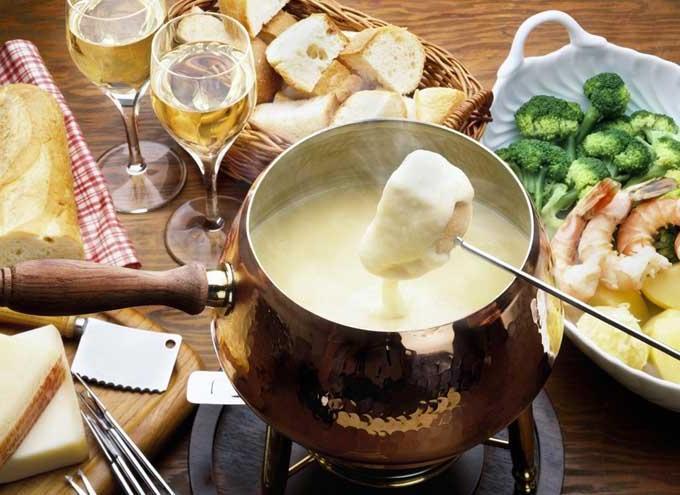
In the long winter, enjoying cheese fondue with family and friends after skiing is nothing short of heavenly bliss, having become a traditional custom. For outsiders, tasting cheese fondue marks the moment you truly experience the essence of Swiss cuisine.
Most traditional Western dishes follow a system of individual servings, where each diner elegantly and modestly savors their own “patch of land.” However, there’s an exception, and Swiss fondue is just that. Imagine a colorful pot where golden cheese slowly melts, bubbling up and breaking apart, filling the air with the scent of milk and wine…
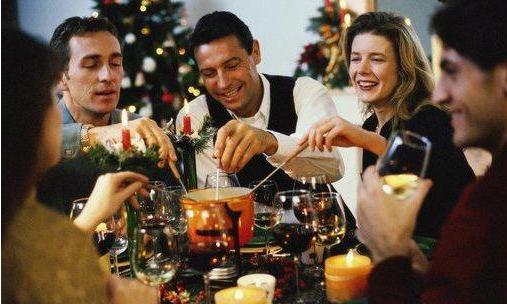
The origins of cheese fondue have long been a matter of debate, and it’s now difficult to trace back. One widely accepted theory suggests it originated in the Alpine region, where the long, cold winters made it hard for the Celts to venture out for fresh ingredients. Therefore, they would process fresh milk into hard cheeses with simple utensils using charcoal fire or pine branches, providing the best source of heat and nutrition for the winter.
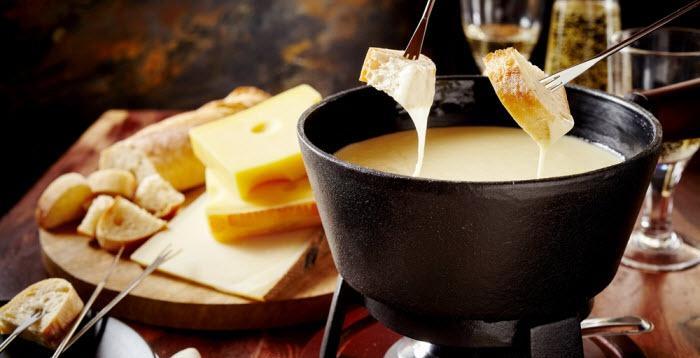
The Swiss government treasures cheese like a precious gem, striving to maintain its purity, thus implementing strict controls on production and processing. Drawing inspiration from French wine production laws, Switzerland mandates that cheese can only be produced in its region of origin and insists on traditional methods, preserving the traditional flavors from industrial degradation to some extent.
Swiss cheese fondue has now become a signature dish at state banquets.
The Base of Cheese Fondue
Over the centuries, cheese has evolved into famous varieties like Gruyère, Emmentaler, and Raclette, which are the most common bases for cheese fondue today.
Gruyère Cheese
Produced in the western Alps of Switzerland, this cheese is often called the most magical cheese in Switzerland, reportedly containing 75 different herbal flavors detected by scientific instruments, attracting many tourists.
Gruyère has a dark yellow rind, smooth and fine when sliced, with an ivory color and almost no holes. It’s rich in flavor, suitable for eating as a snack or with biscuits and grapes, best paired with a full-bodied red wine, and it’s one of the most important bases for cheese fondue.
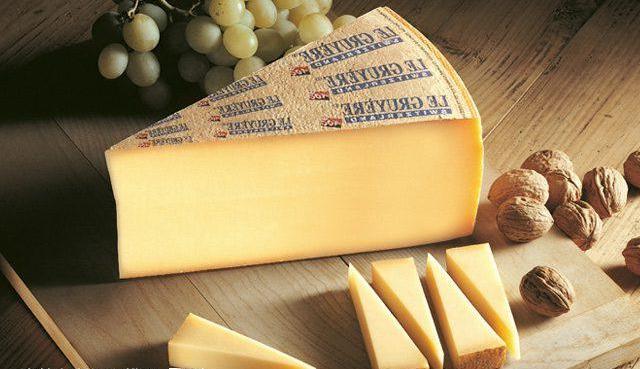
Emmentaler Cheese
From the central Swiss canton of Bern, this cheese is among the largest in the world, resembling a giant wheel with a diameter of 80-100 cm, a thickness of 16-28 cm, and a weight of 75-120 kg, hence sold in smaller pieces.
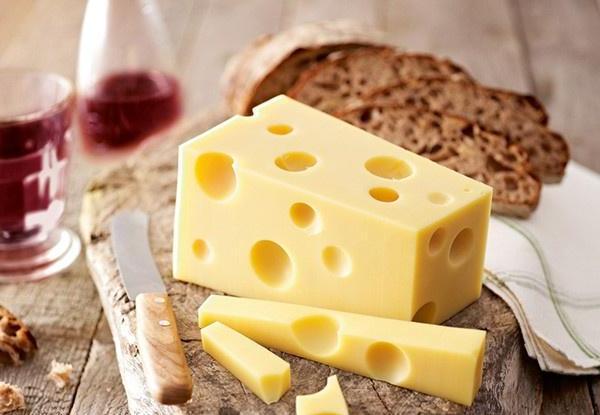
Emmentaler produces large, round holes due to carbon dioxide during fermentation, giving it a relatively mild flavor with a rich aroma of cream and nuts. It’s suitable for cheese platters, hamburgers, or vegetable salads and should be paired with robust red wine.
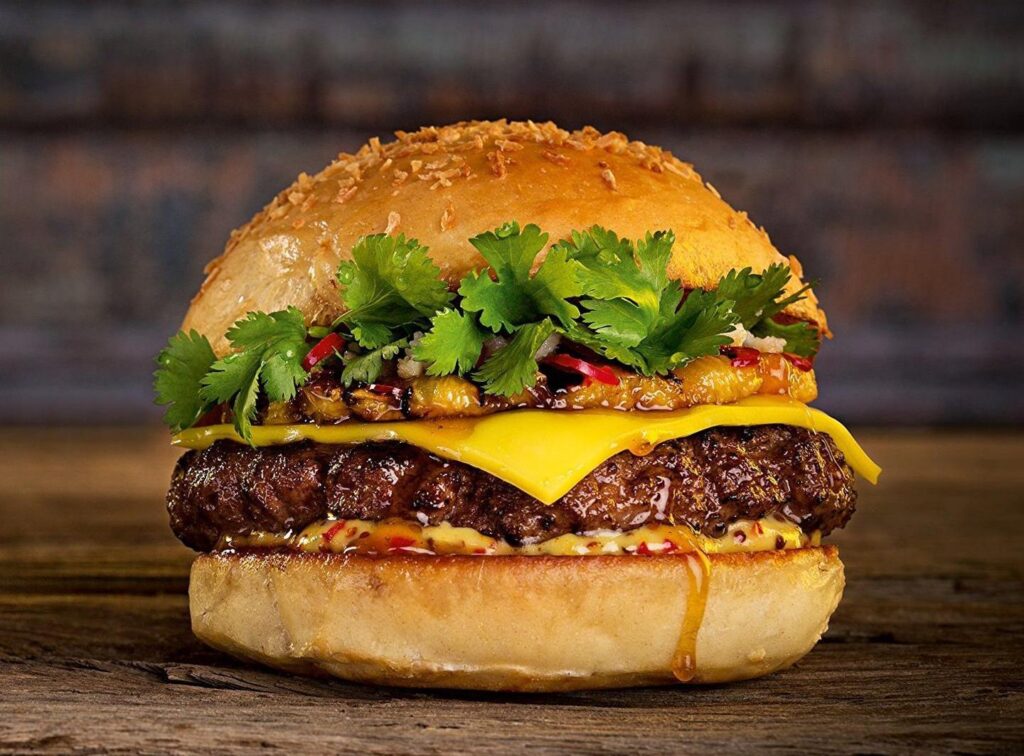
Raclette Cheese
“Raclette” means “scraper” in French. A famous Swiss dish involves scraping melted Raclette cheese onto boiled baby potatoes, accompanied by dried meat, pickles, and tea or cherry wine.
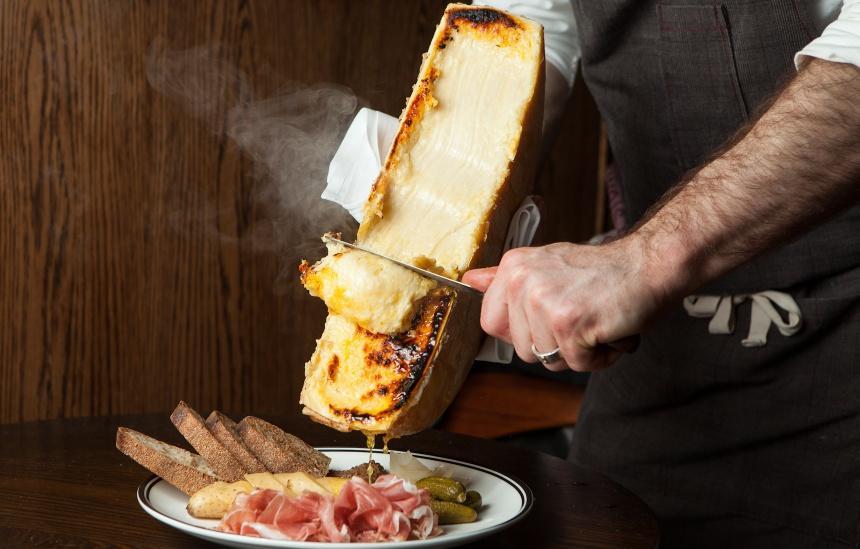
Produced in the Valais canton, Raclette is pale yellow and melts into a smooth, velvety texture, best eaten hot, making it perfect for fondue.
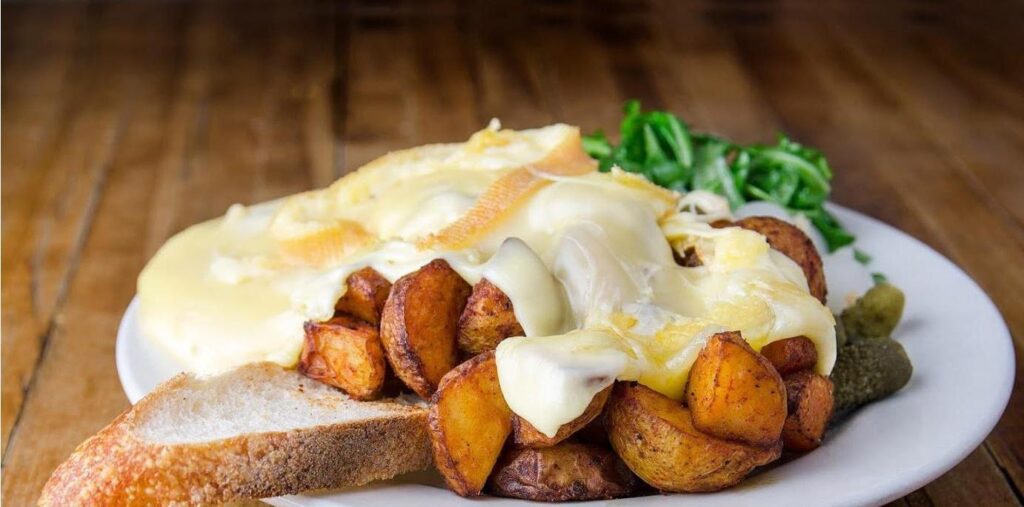
Types of Cheese Fondue
In Switzerland, cheese fondue comes in various regional variations. A common one is Moitié-moitié, made with half Gruyère and half Vacherin cheese.
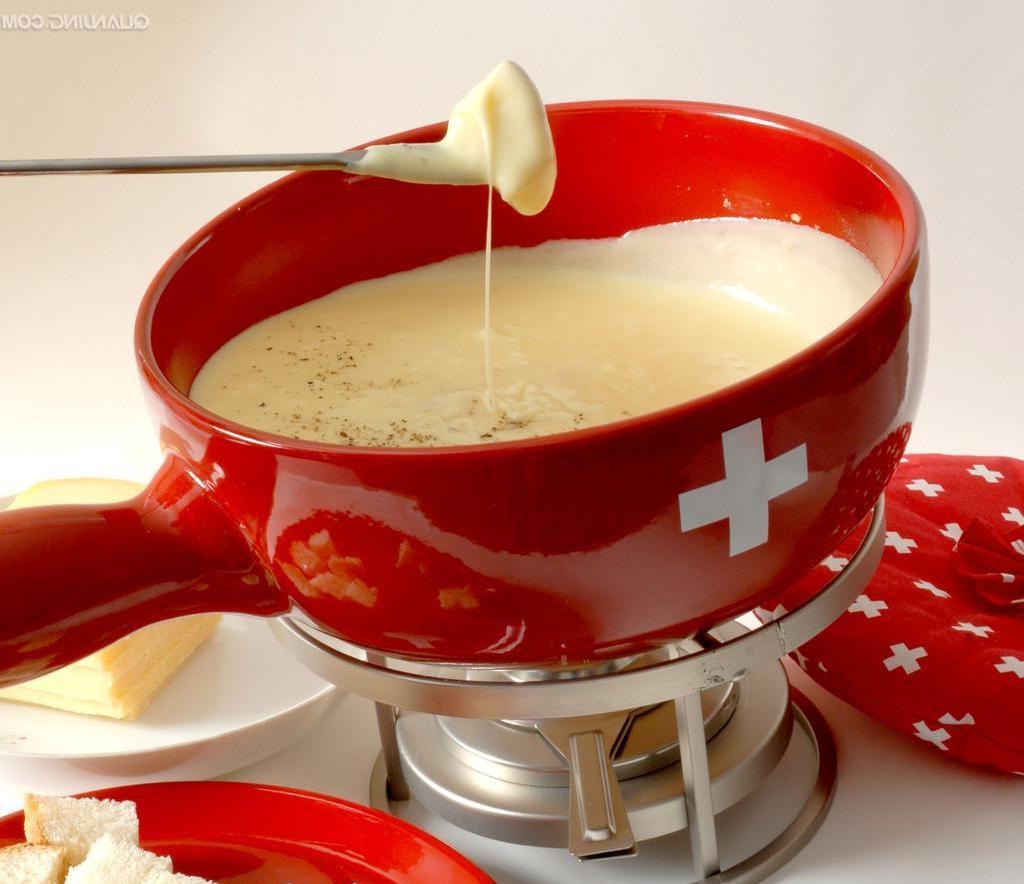
Another is Fondue Vaudoise, made with 100% Gruyère cheese.
Appenzeller Fondue: Made with 100% Appenzeller cheese and additional cream.
Central Swiss Fondue: Reflects Switzerland’s neutral international stance, made with one-third each of Gruyère, Sbrinz, and Emmental, providing a balanced flavor.
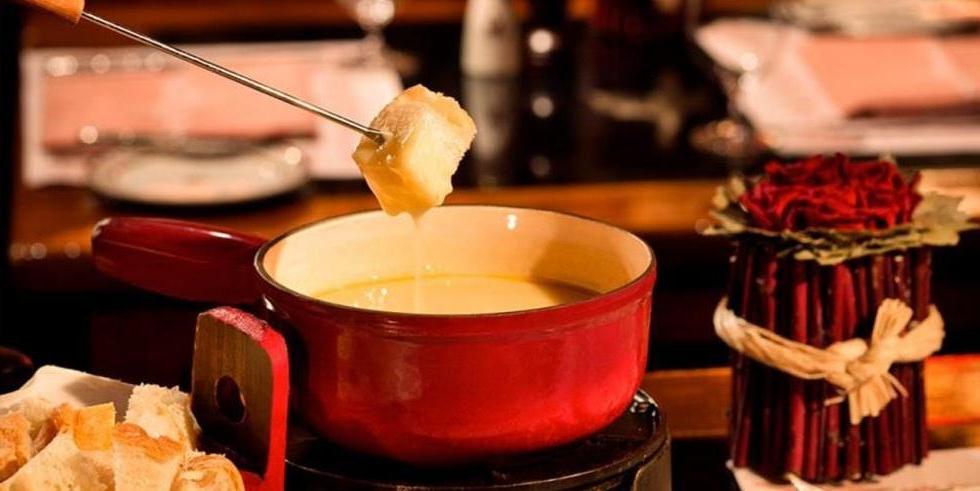
For the most traditional fondue experience, try Fondue Neuchâteloise, half Gruyère and half Emmental, with a rich nutty aroma.
For a more varied fondue experience, try these specialties:
Mushroom Fondue: Half Gruyère, half Vacherin cheese with wild mushrooms (mostly morels) added to the base.
Tomato Fondue: Half Gruyère, half Emmental cheese with fresh tomato sauce added to the base.
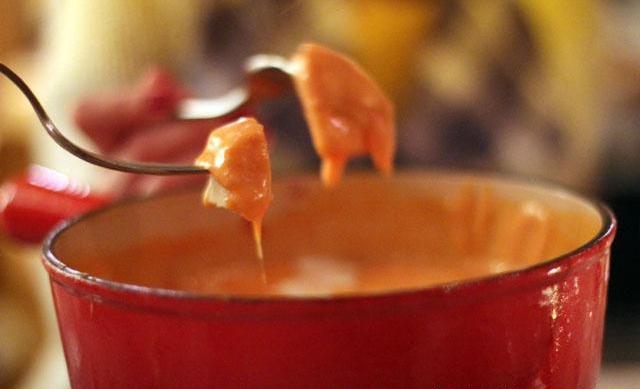
Spicy Fondue: Made with Gruyère cheese, green chili, red chili, and green pepper in the base.
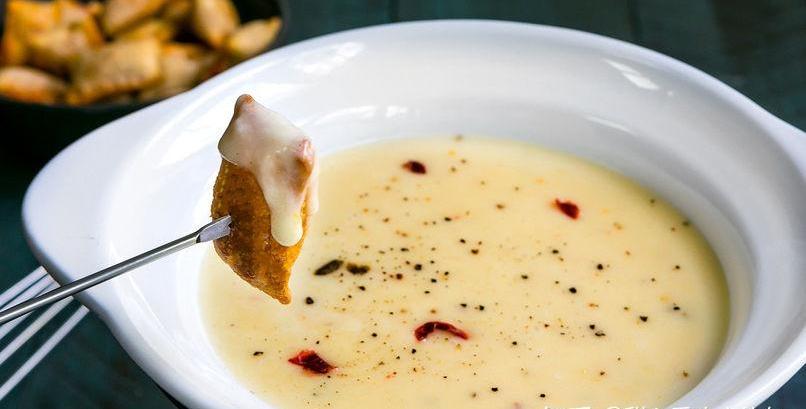
Fribourg Fondue: Uses 100% Vacherin cheese, but instead of bread, potatoes are used for dipping.
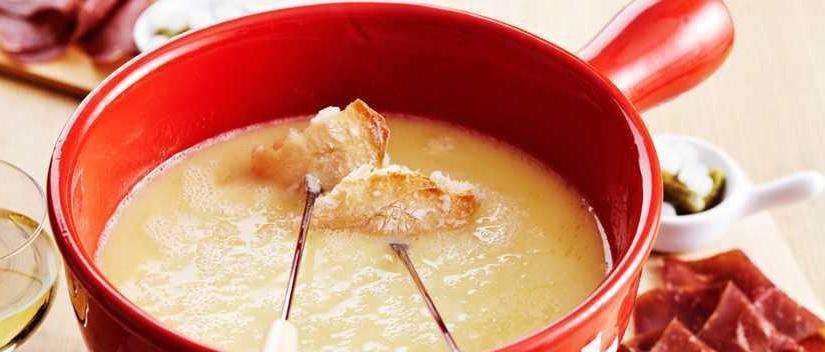
Vegetable Fondue: If you find it too rich or high in calories, opt for a vegetable fondue with cheese base but zucchini for dipping.
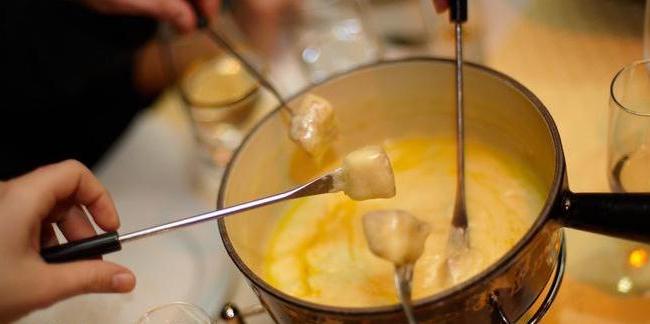
How to Enjoy Cheese Fondue
The traditional way to enjoy Swiss cheese fondue is to rub the inside of an iron or ceramic pot with garlic, add grated cheese, and heat it with an alcohol burner until the cheese is completely melted. Then, according to taste, add starch, white wine, brandy, tomatoes, garlic, etc., and continue to cook until it becomes a thick, creamy consistency, finishing with a sprinkle of black pepper.
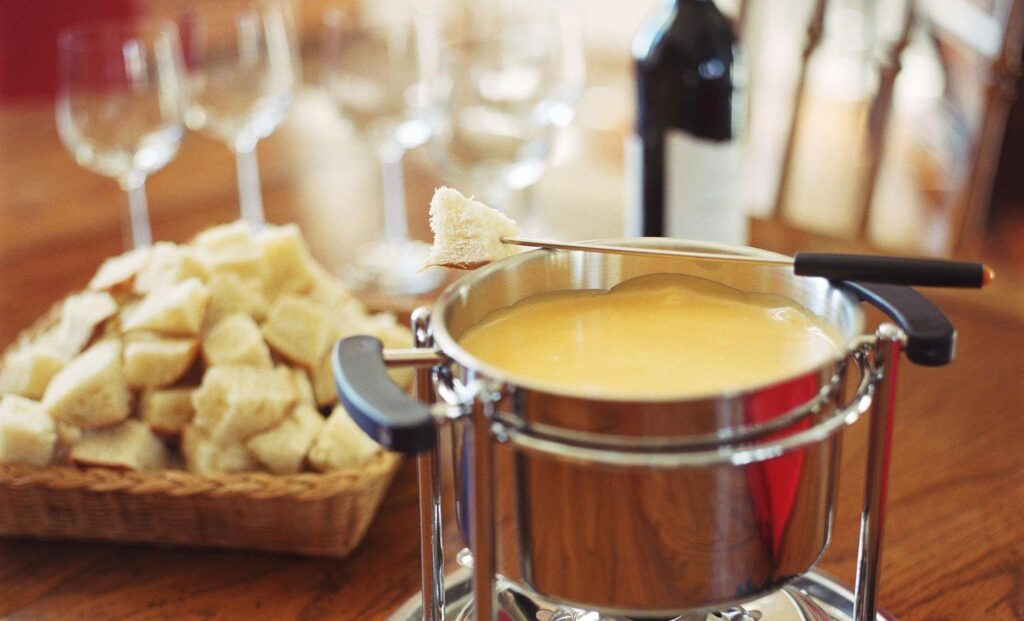
When eating, use specially designed long-handled forks to dip bread cubes into the cheese.
The first taste of cheese fondue might not be as sensual as its name suggests. Upon entering a Swiss cheese restaurant, the first thing that hits you is the pungent smell of cheese, which might deter those unaccustomed. The initial mouthful is quite rich, and for those with low alcohol tolerance, it might even make you feel slightly tipsy. The bread dipped in cheese is warm, but it can feel like chewing gum, though the more you chew, the more flavor you discover, and adding black pepper enhances the taste.
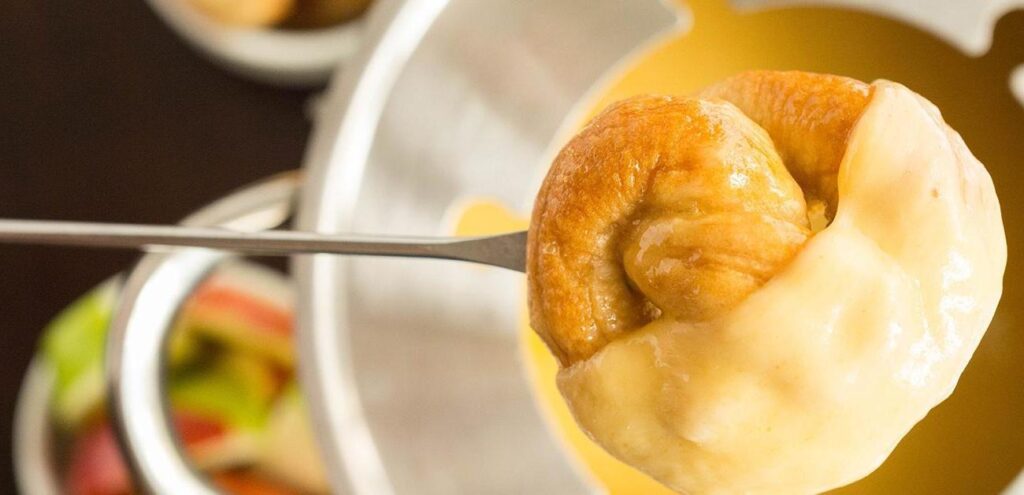
There’s an interesting local custom: when eating cheese fondue with the Swiss, don’t drop the bread from your fork, or you might be penalized. Don’t think you can just drink a glass of wine to get out of it.
Swiss fondue is quite inclusive; besides bread, you can dip vegetables, fruits, or meat, though the flavor is different from the smoky taste of Chinese hot pot.
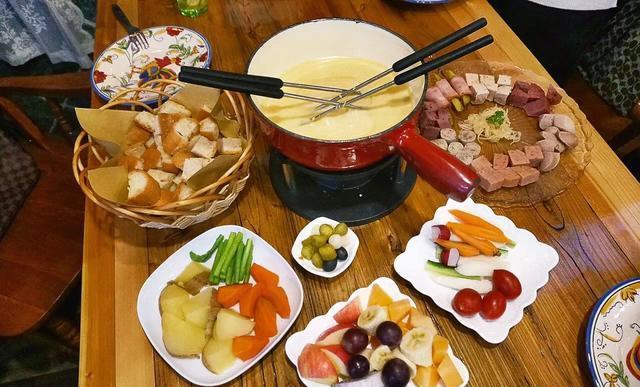
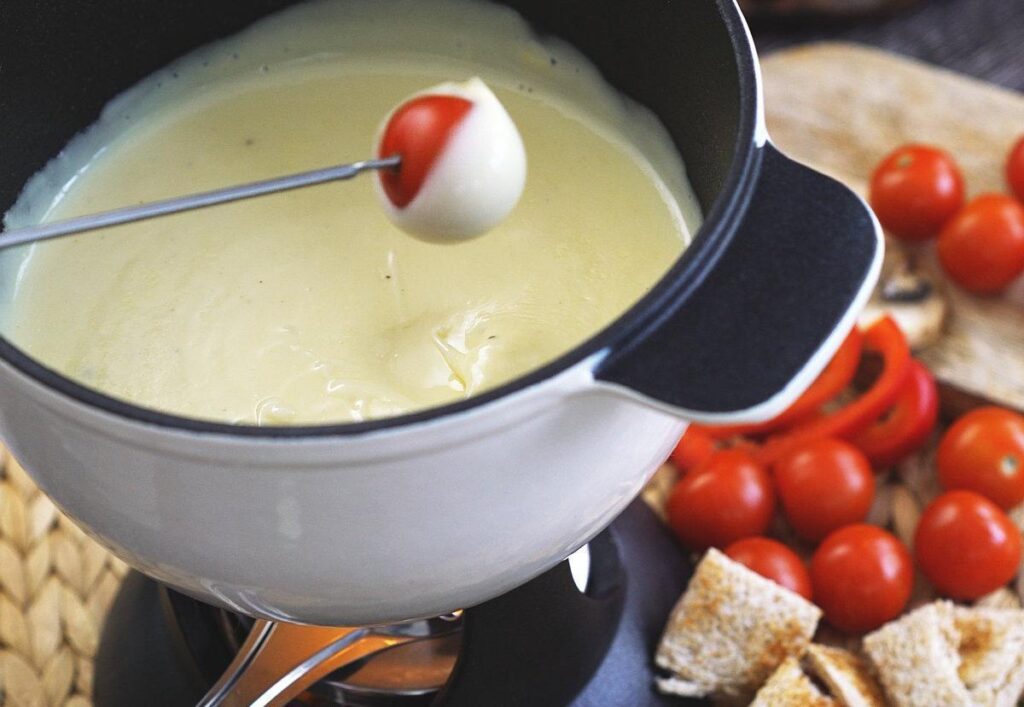
Cheese fondue is usually accompanied by dried beef, pickles, pickled garlic, or small onions to cut through the richness.
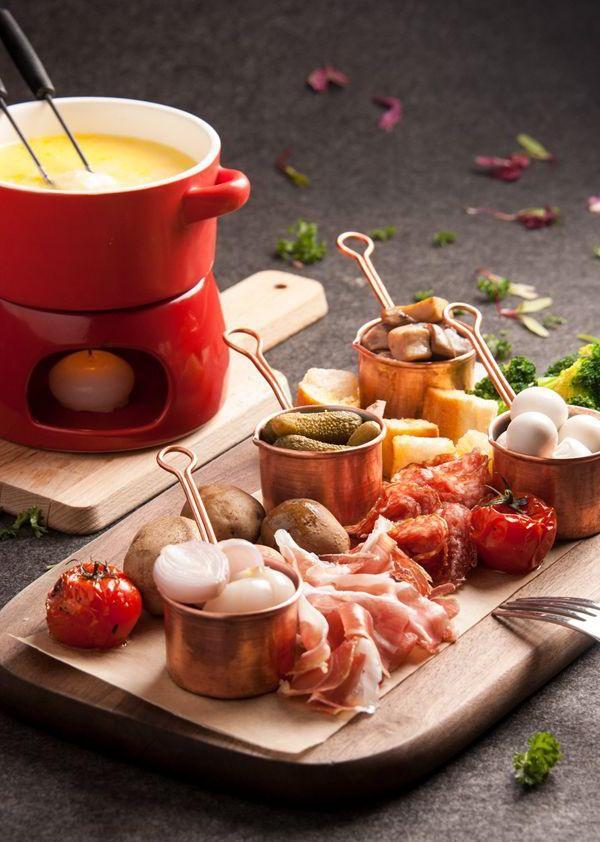
Local white wine is the standard drink, but some now pair it with red wine, cherry wine, or tea. However, cheese fondue is hard to digest, so don’t overeat just because it’s delicious.








